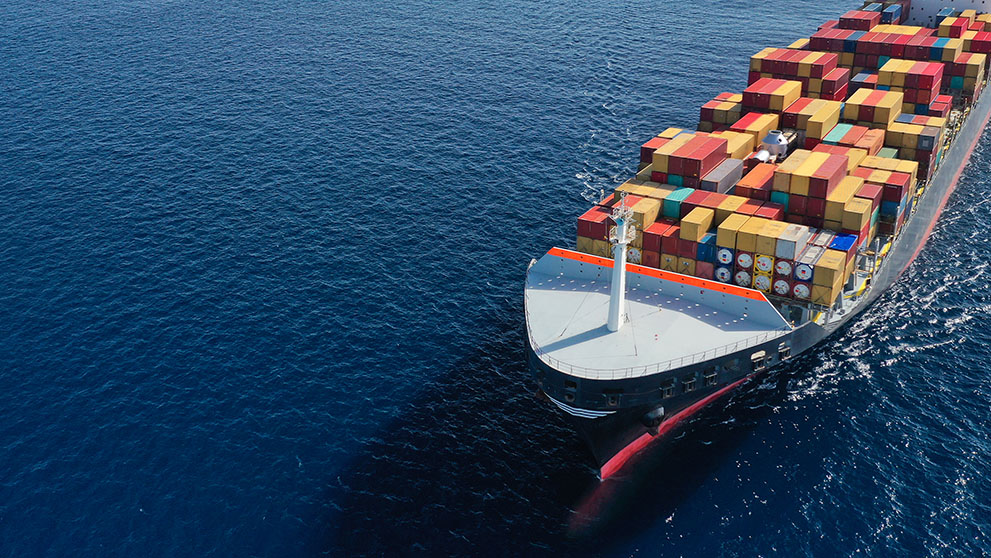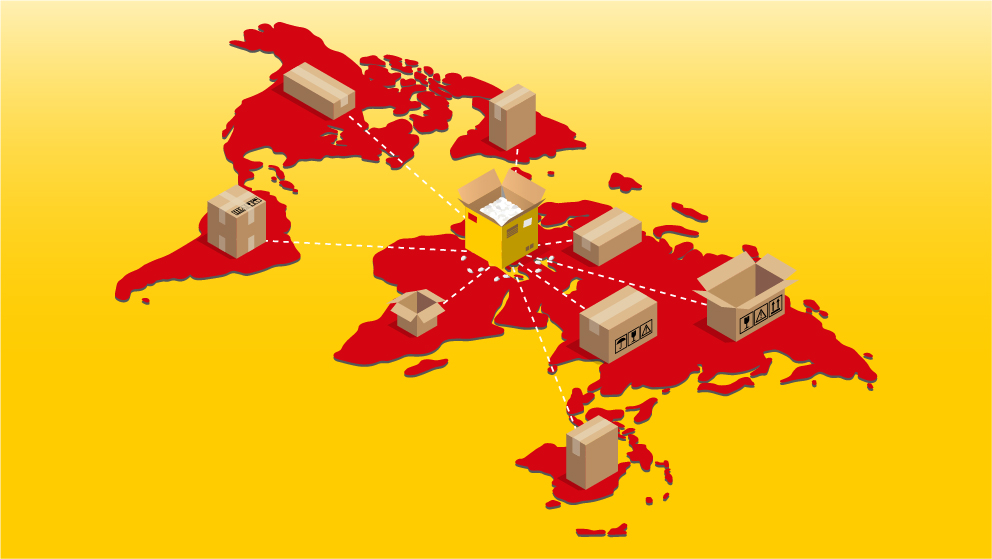Running an e-commerce business? Want to know how to expand in international markets? It just takes a little research and planning. These international shipping tips will lead you to success…
1. Consider your market
The world’s a big place, but you want to be focusing your time and energy on the markets where demand for your product (or service) is greatest. Otherwise, it may not be financially justifiable for your business to expand in international markets.
Google Analytics can help you identify what international traffic your e-commerce business already has. The service tracks and reports traffic across online devices and platforms, helping you to understand your customers’ buying journey against metrics such as unique visitors to your website and engagement rate. Crucially, you can then pair these metrics with specific dimensions – such as location, allowing you to see which international markets hold the most potential for your business.
Research which countries have the highest demand for your product, and where there may be a gap in the market your business could fill. You should also be researching consumers’ spending habits, buying motivations, and possible barriers to shipping there. All of this will help you build a detailed profile of the market and determine the size of the opportunity.
Research where your competitors are selling to – after all, if they’re shipping to a certain market, it must be because there’s enough business there to make it worthwhile.
2. Familiarise yourself with rules and regulations
If you’re shipping cross-border, it’s important to check customs and import regulations for the destination country. If you don’t, you risk your shipments being delayed, and that means late delivery to your customers – a big no in e-commerce.
Each country has its own rules – some stricter than others, with tough penalties for incorrect paperwork. If you’re shipping to several markets, the admin can quickly become very daunting and time consuming. That’s where partnering with an international logistics specialist like DHL will more than pay off. Every day, our dedicated Customs Teams across the world help e-commerce businesses ship to international customers, taking care of all the paperwork for them. Fast, cross-border shipping with minimal hassle for you.
3. Prepare for extra duties and taxes
Taxes are imposed on imported goods, with the rate decided by the destination country – although some free trade zones do exist around the world. The payment of duties and taxes is typically the responsibility of the receiver – i.e., your customer – although DHL does offer a DTP (duties and taxes paid) option to account holders. This means DHL will invoice the shipper (your business) to cover the cost. The benefit of this is the end customer will not receive an unexpected tax bill when their package arrives at customs – which may damage their opinion of your brand.
If you do decide to pass on the costs to your customers, be sure to be clear about the fees throughout your e-commerce website – “unexpected shipping fees” is one of the leading reasons for cart abandonment during online transactions. Even better, consider absorbing the shipping fees into the cost of your products so you can give your customers a simple, all-in-one price at checkout.
4. Update your e-commerce website
There’s no better time to give your e-commerce website a polish than when planning how to expand in international markets. Remember these key features:
Translate your website into the local language for all markets you’re targeting.
International payment gateways: did you know that online shoppers are 70% more likely1 to finalise a purchase if their preferred payment method is displayed as an option at checkout? Research the most popular payment methods in the country you’re selling to and offer them at checkout. Be sure to display prices and allow payment in the local currency, too.
A good strategy when selling to a country for the first time is to set up on an online marketplace like Amazon first. It means you can start small and measure demand for your products before investing heavily in a localised, independent website. You’ll benefit from the marketplace’s reach, instantly putting you in front of millions of customers.
A final tip: take DHL’s website health check. This quick questionnaire will help you identify weak spots in your business’ international e-commerce strategy. It could be the smallest thing that makes all the difference!
5. Decide what you’ll ship where, and how
If you’re shipping to multiple countries, avoid a “one-size-fits-all” approach. Your marketing and sales strategy should be tailored for each country depending on the preferences of shoppers there. Perhaps one of your products is more suitable for one market than another; then there’s each country’s shopping holidays to consider (Black Friday in the US, Singles’ Day in China etc.) All these things will impact your inventory planning. The key is to test and optimise your sales approach along the way, and in time your collated customer data will allow you to refine it. Don’t forget to check out DHL’s Country Guides.
Whilst you’re busy on the business side of things, entrust your shipping to DHL. With a presence in 220 countries and territories, it’s fair to say we’re international experts. We have extensive experience helping B2C businesses of all sizes identify and reach new markets. Contact us today and we’ll get started – the world is waiting!
1 - Baymard Institute, November 2021













